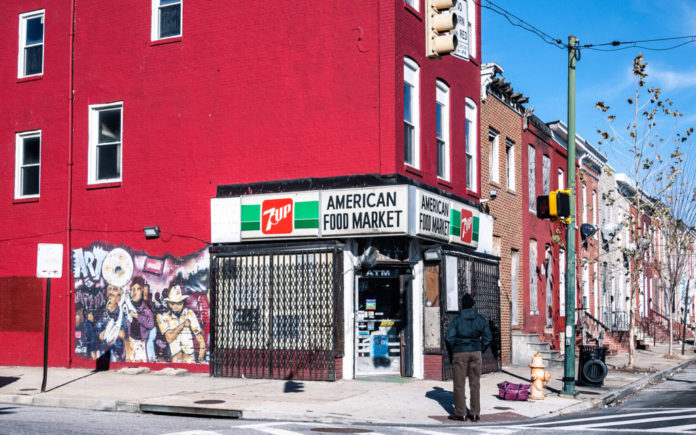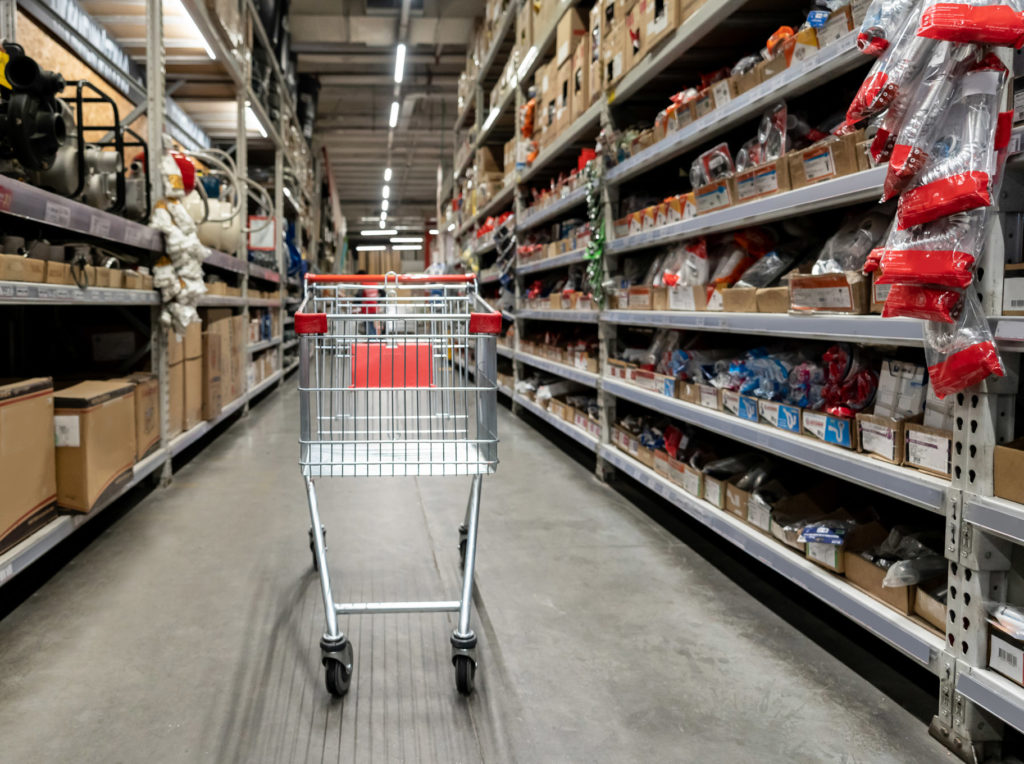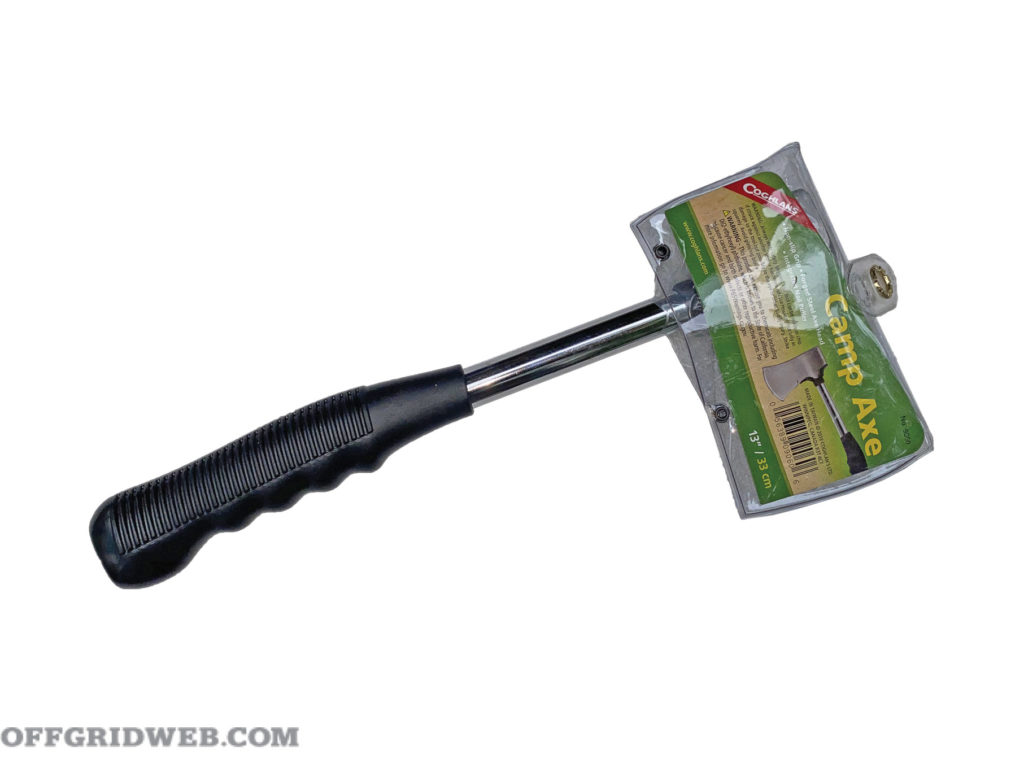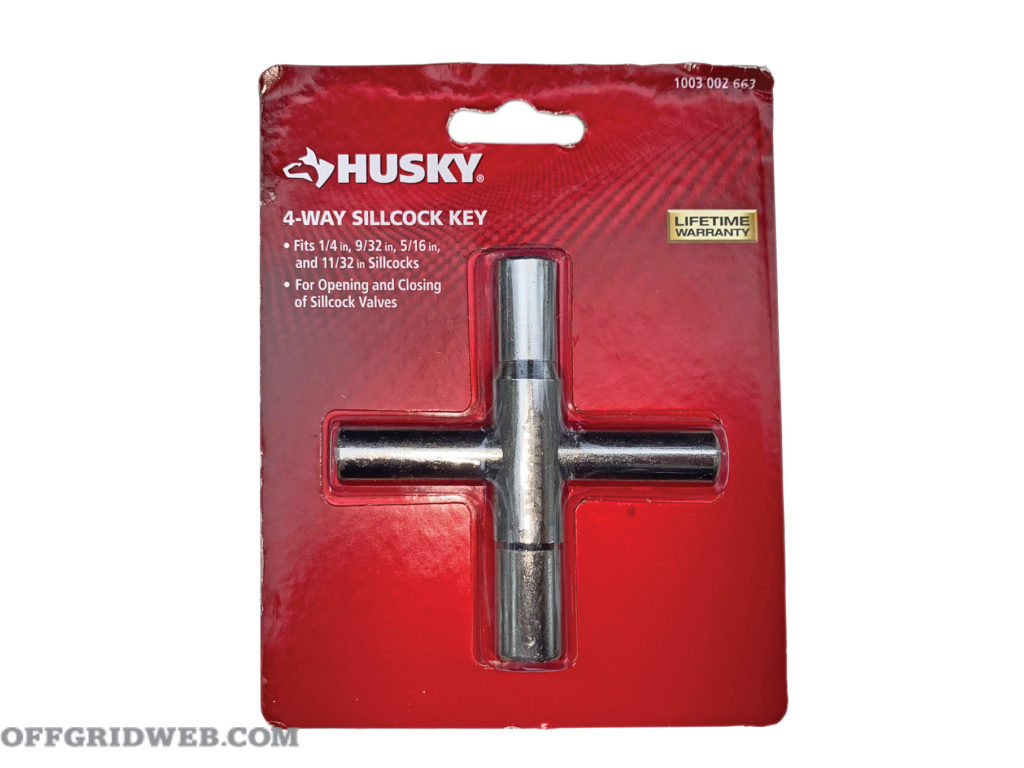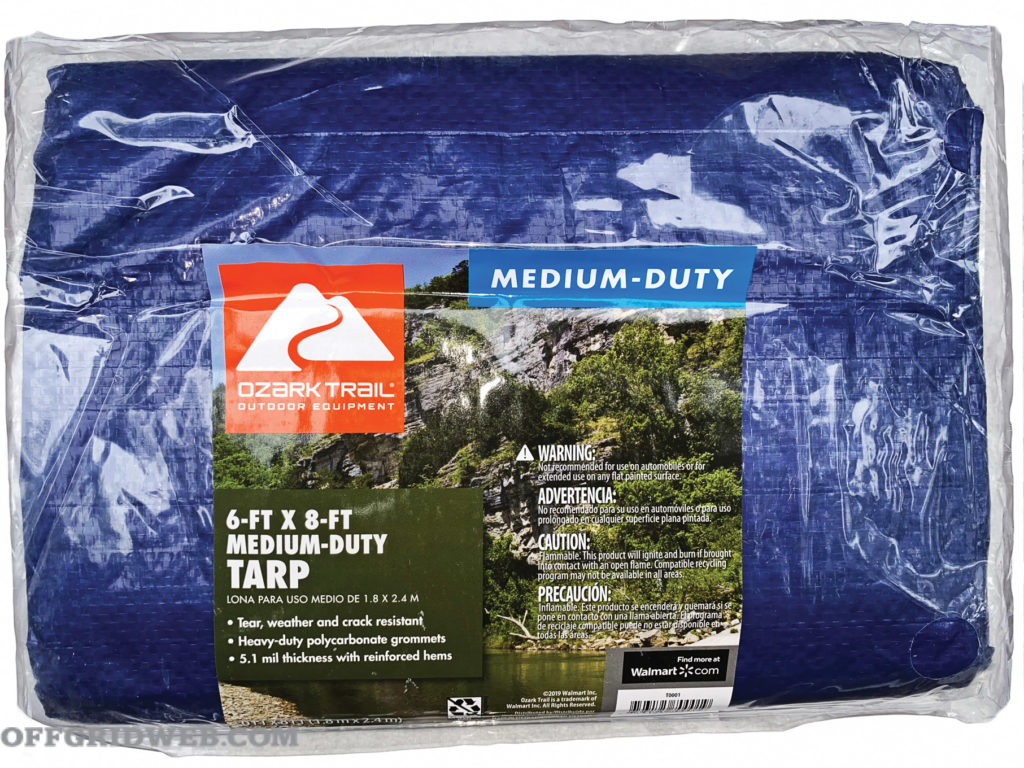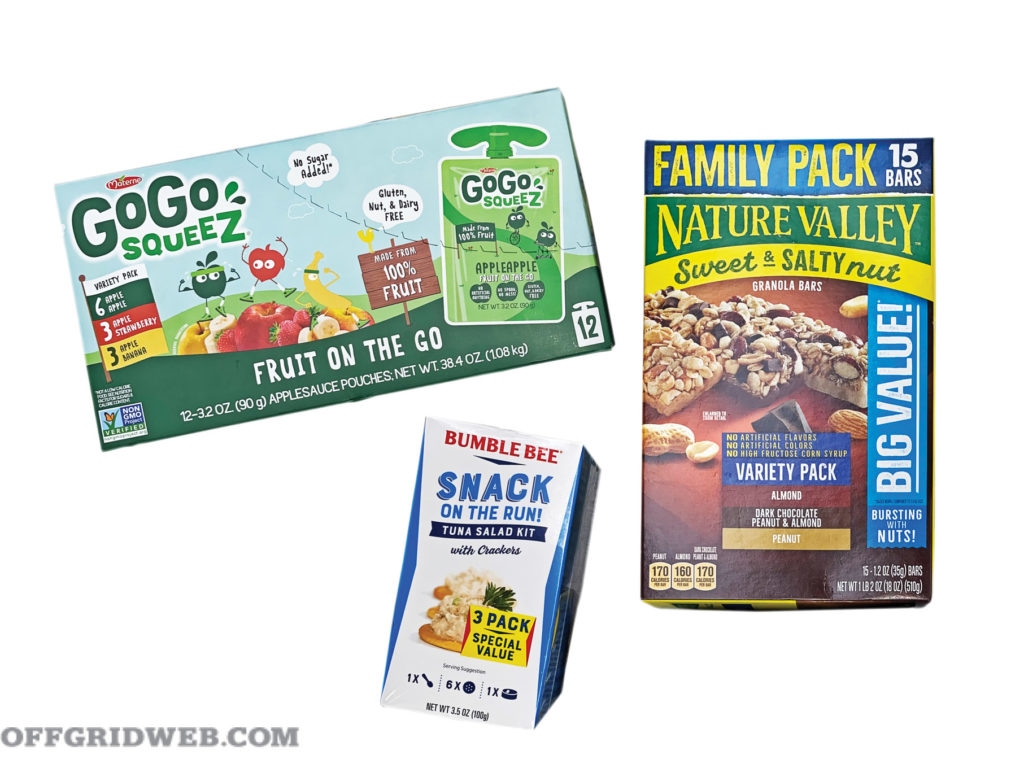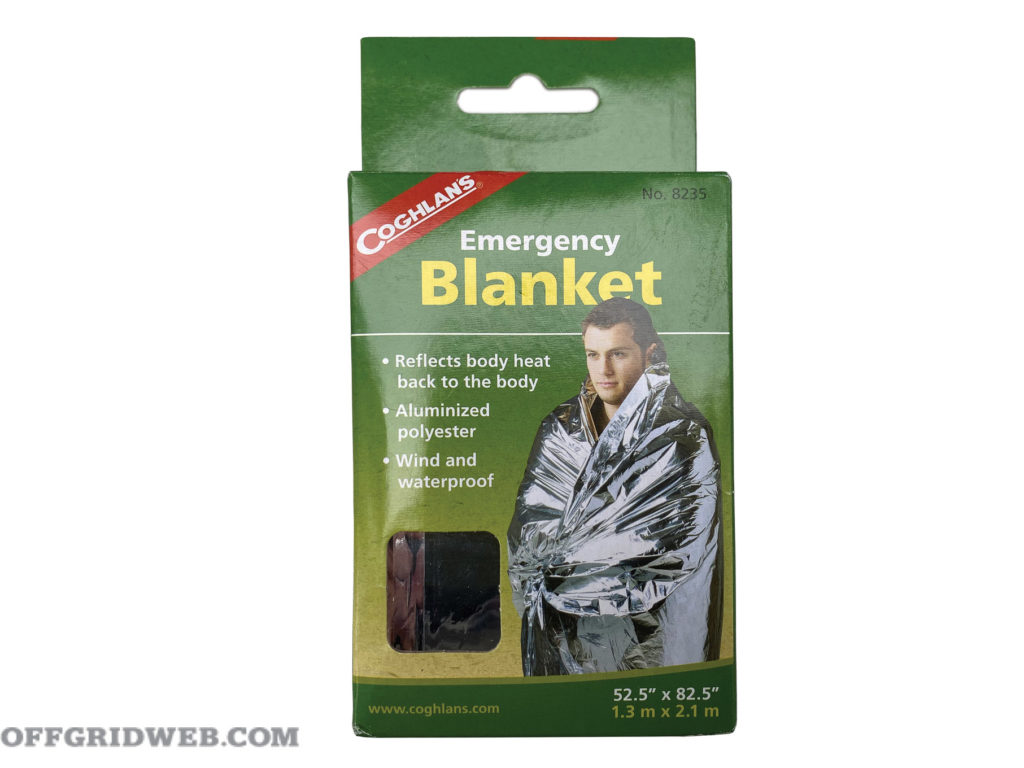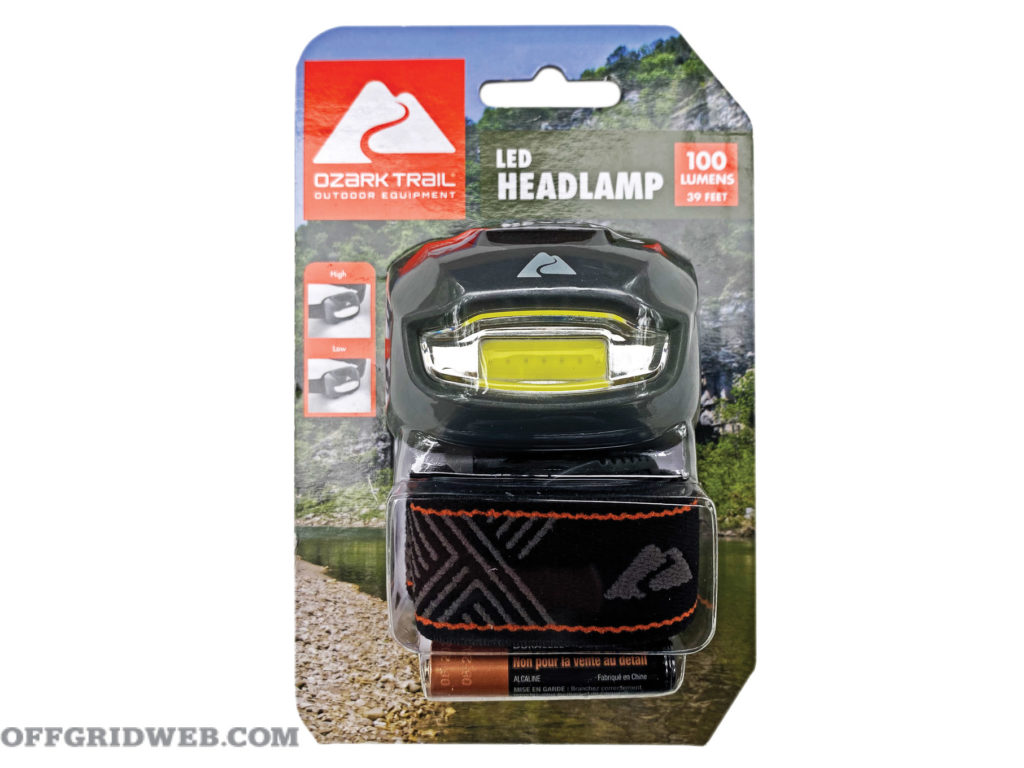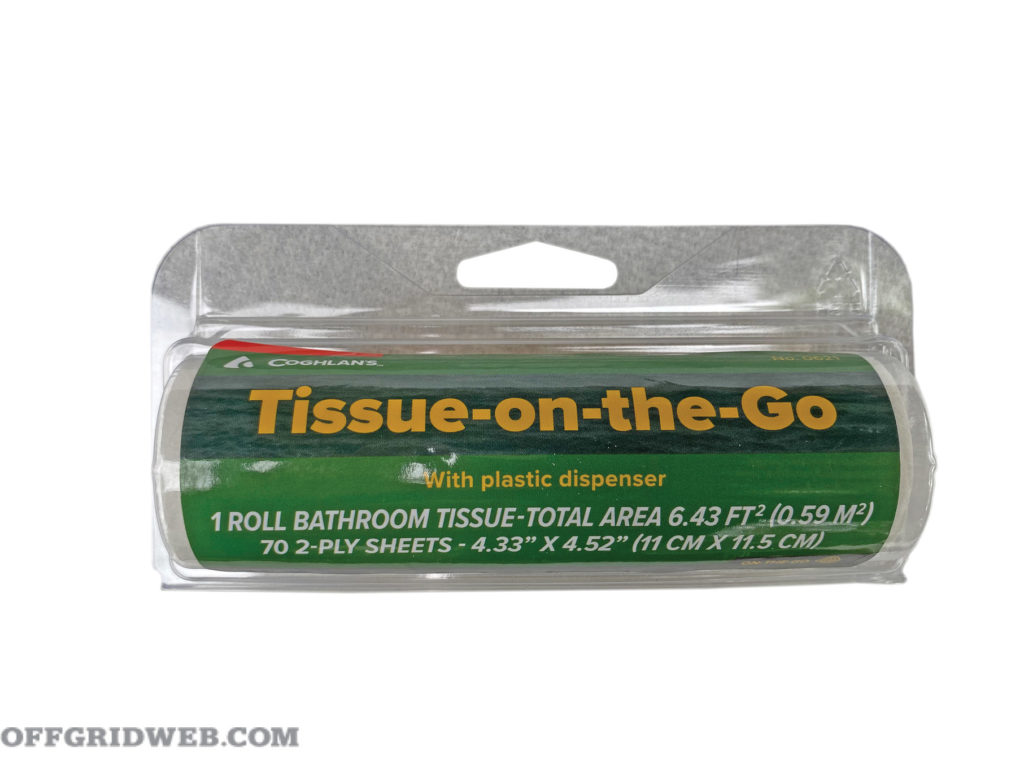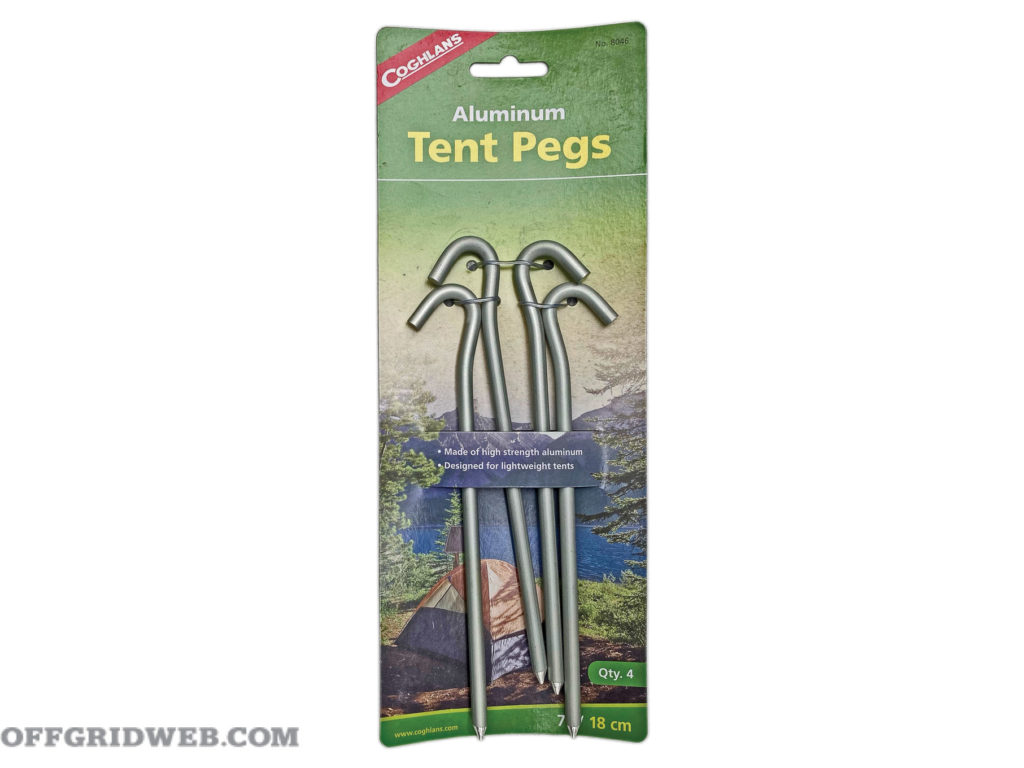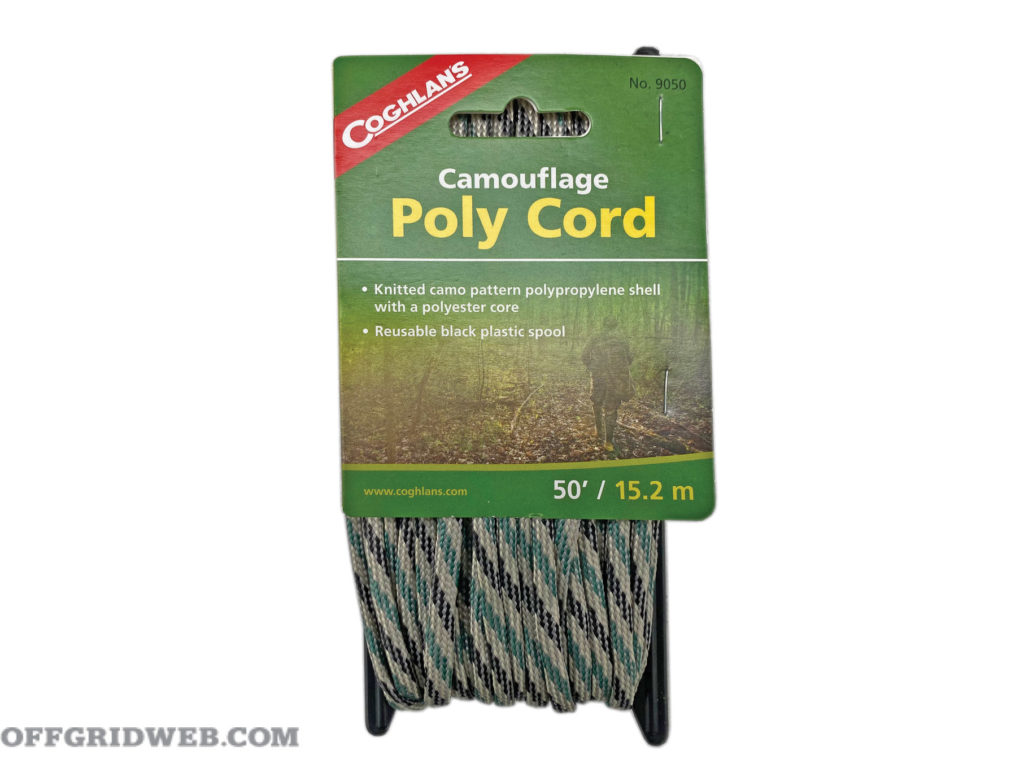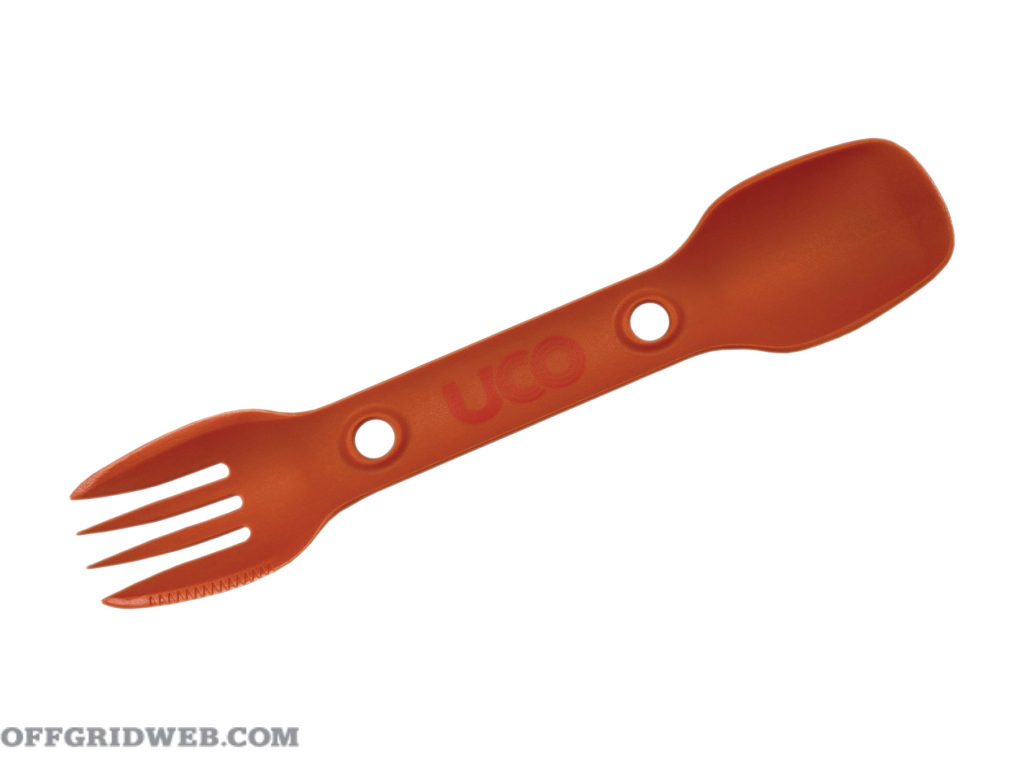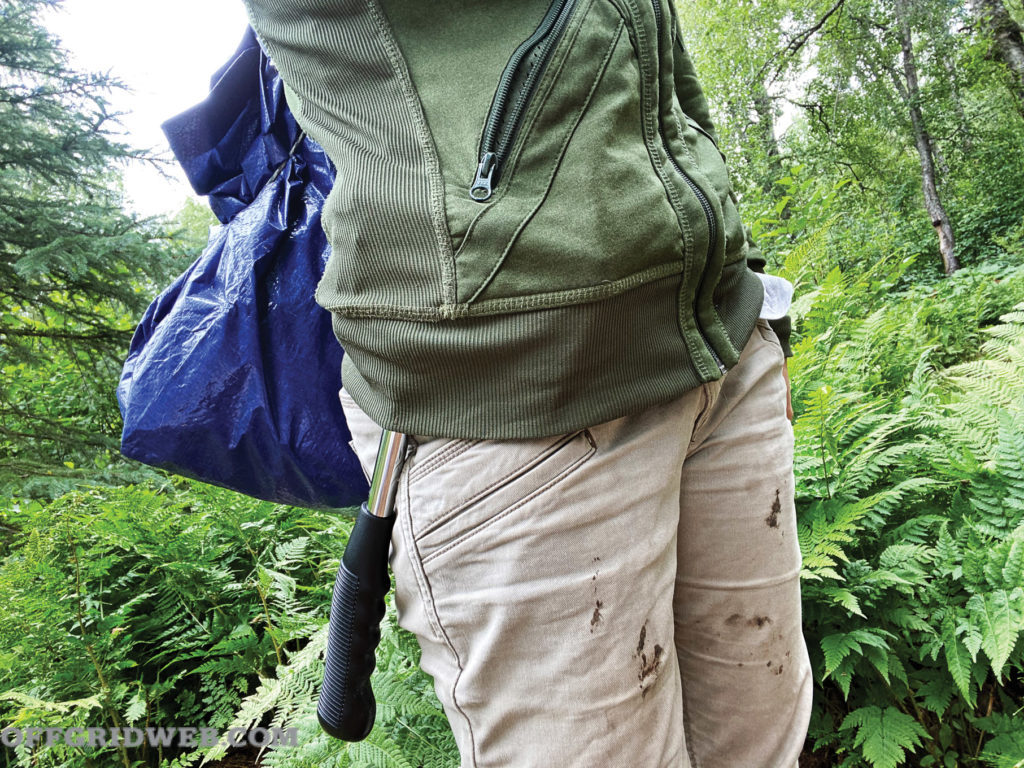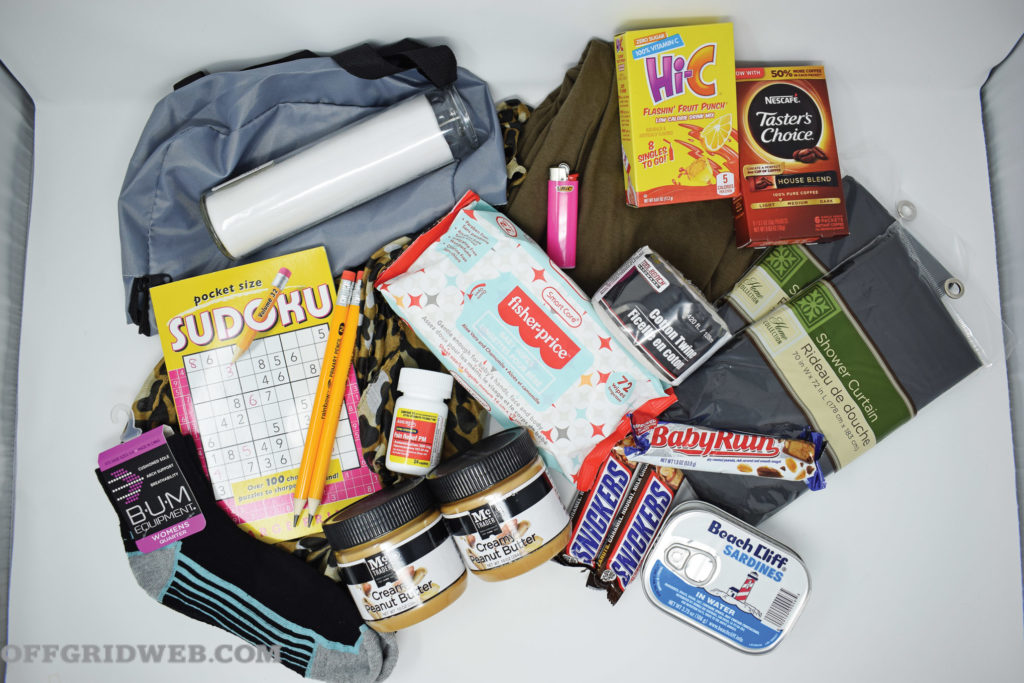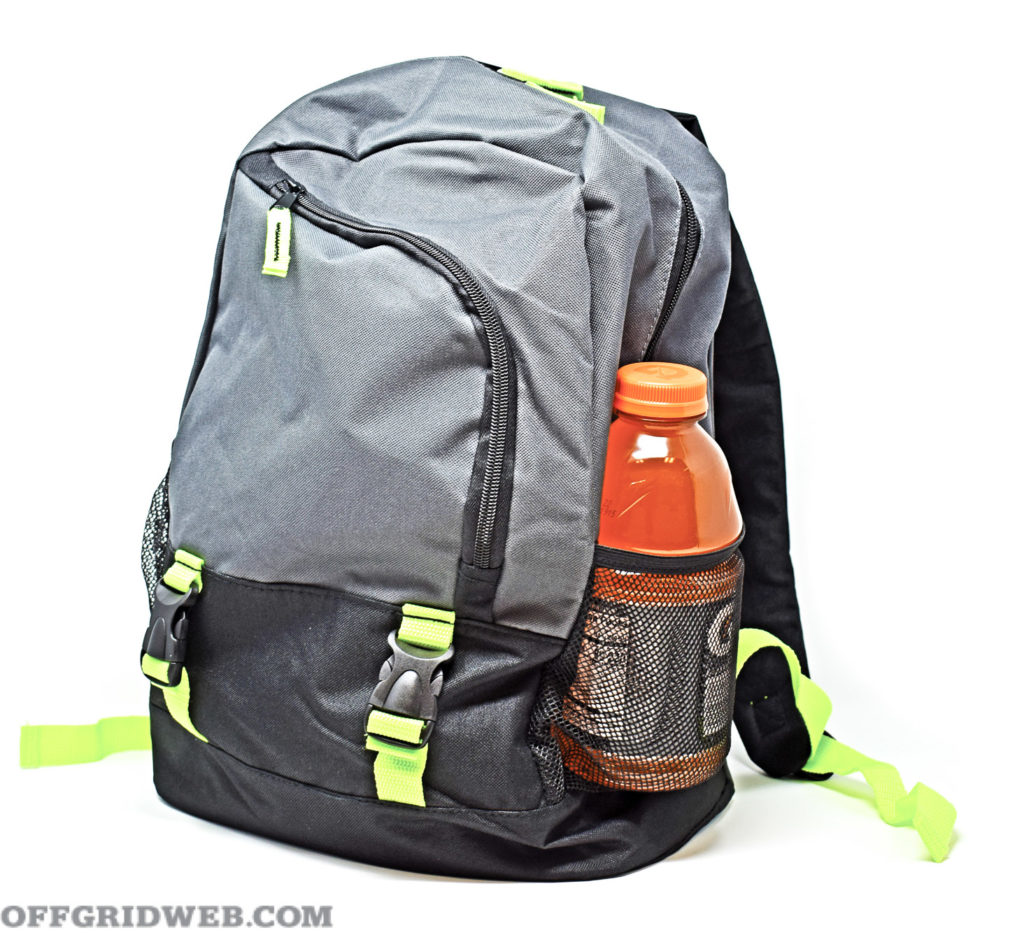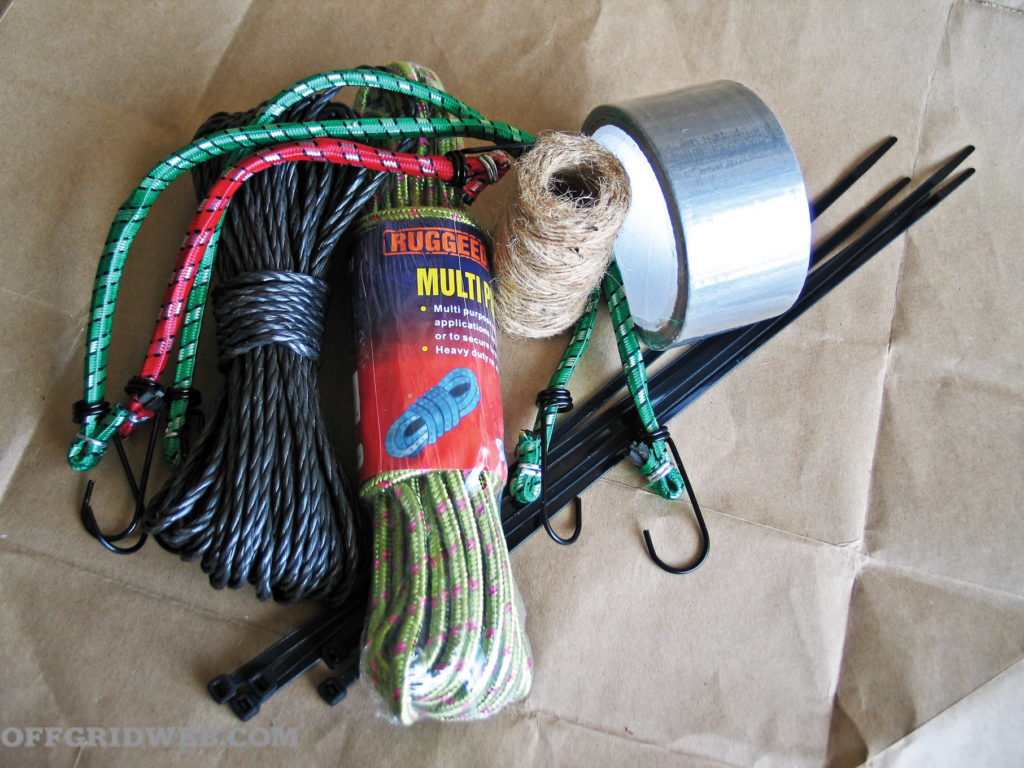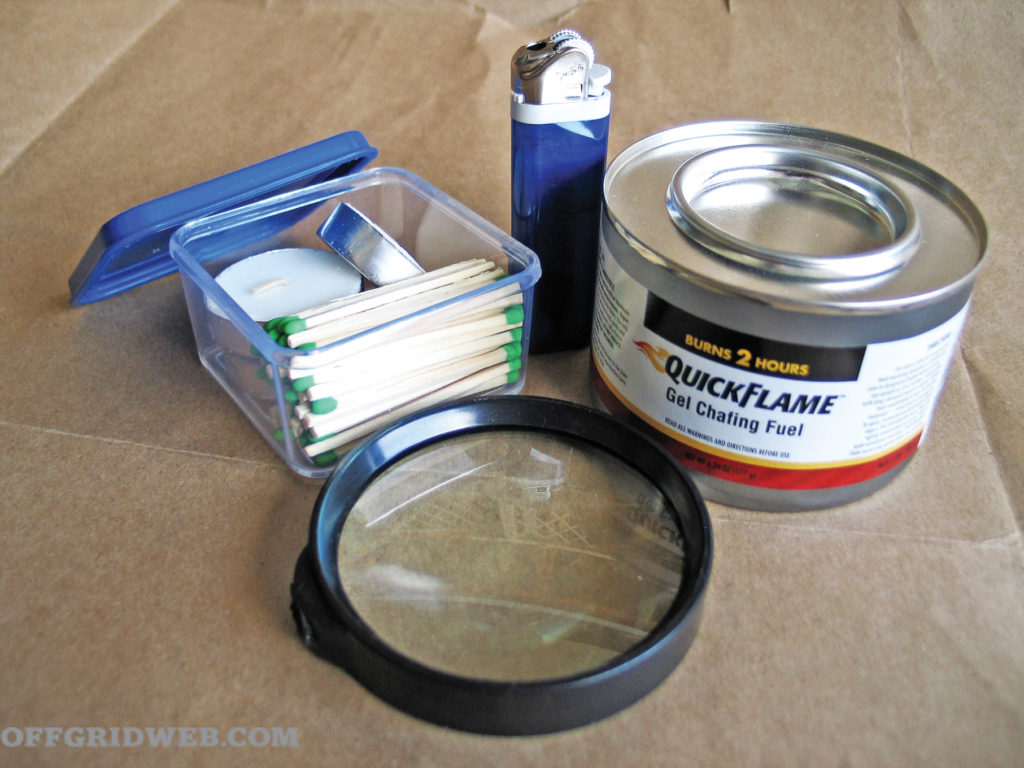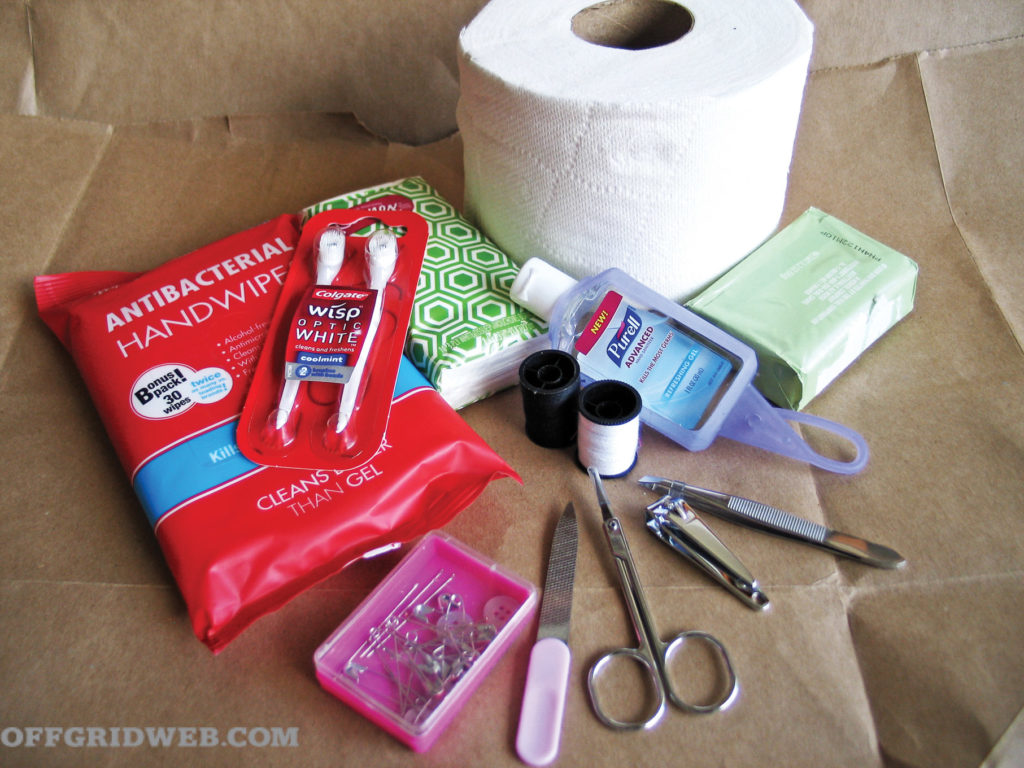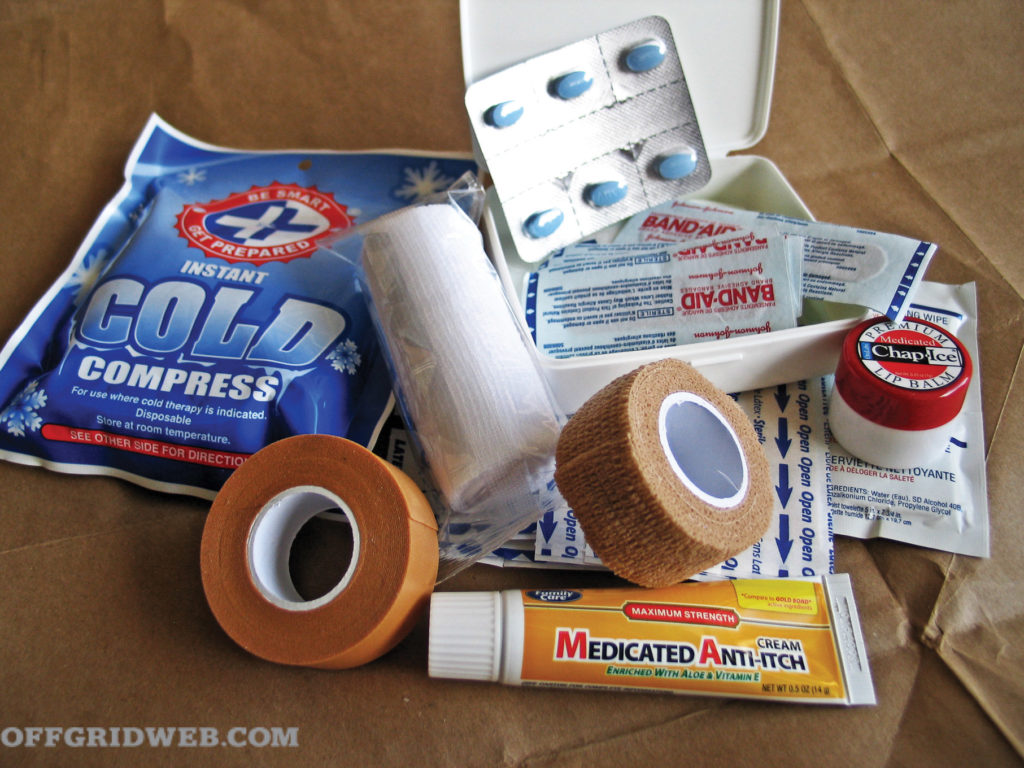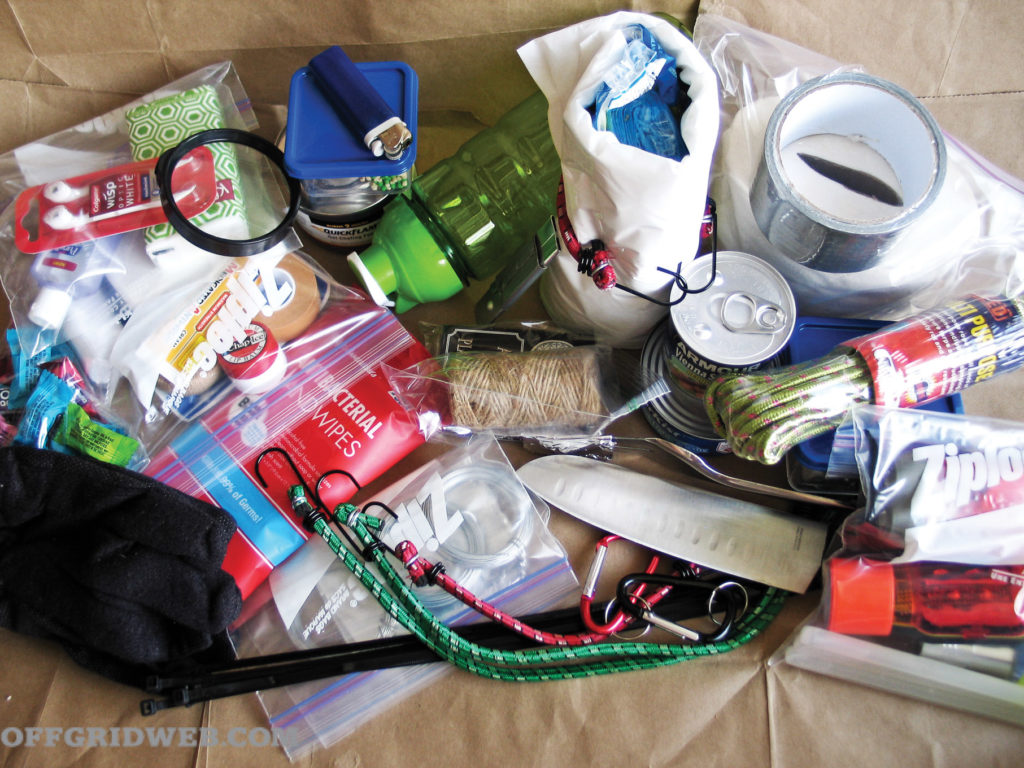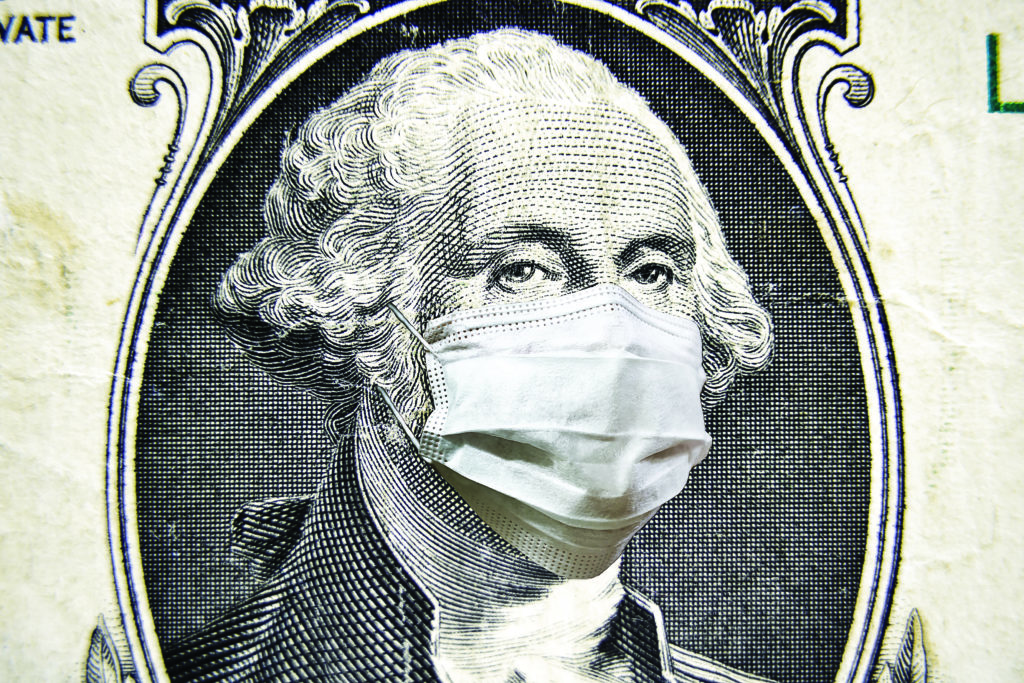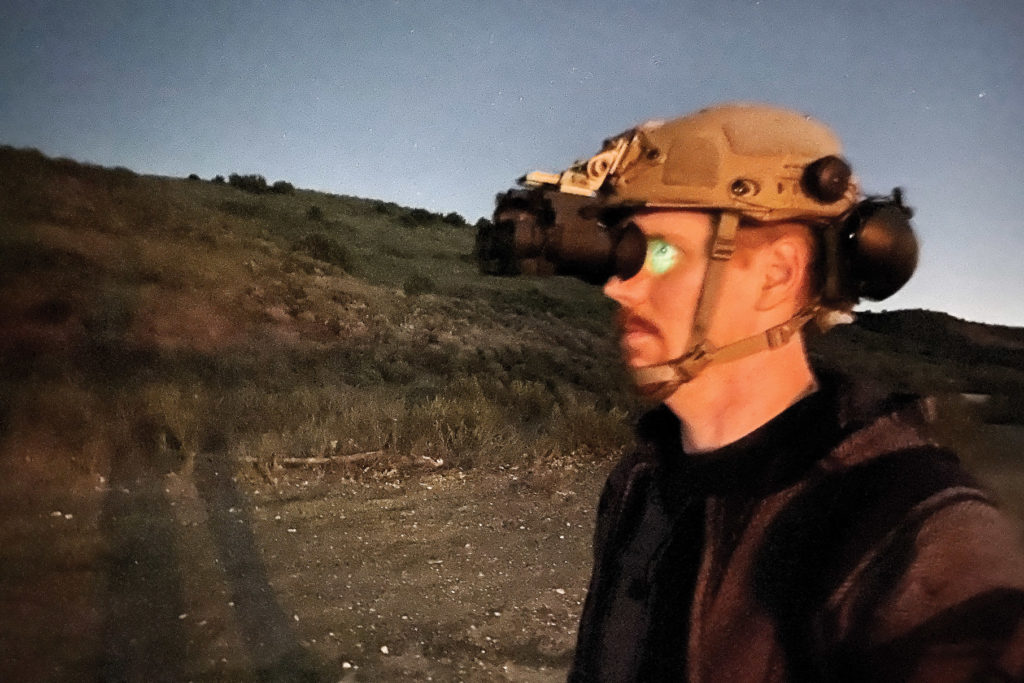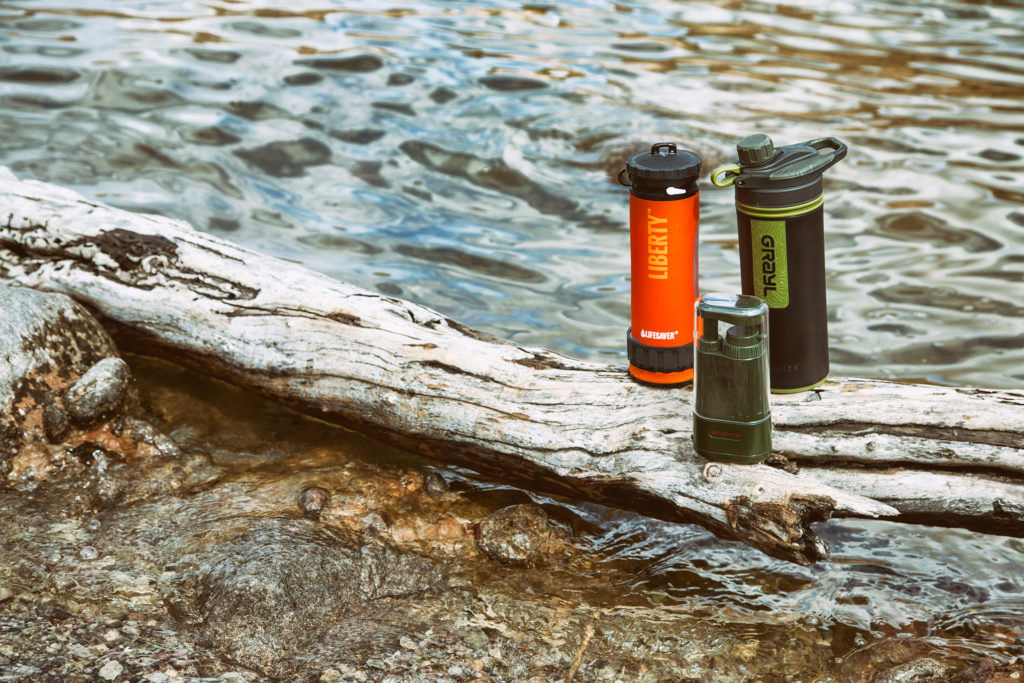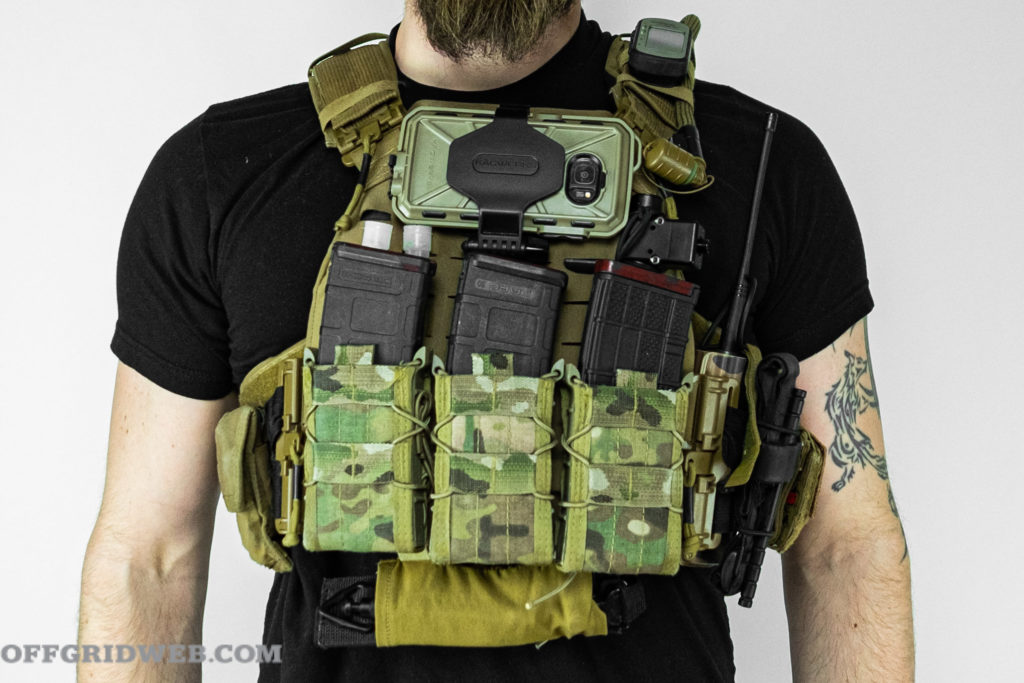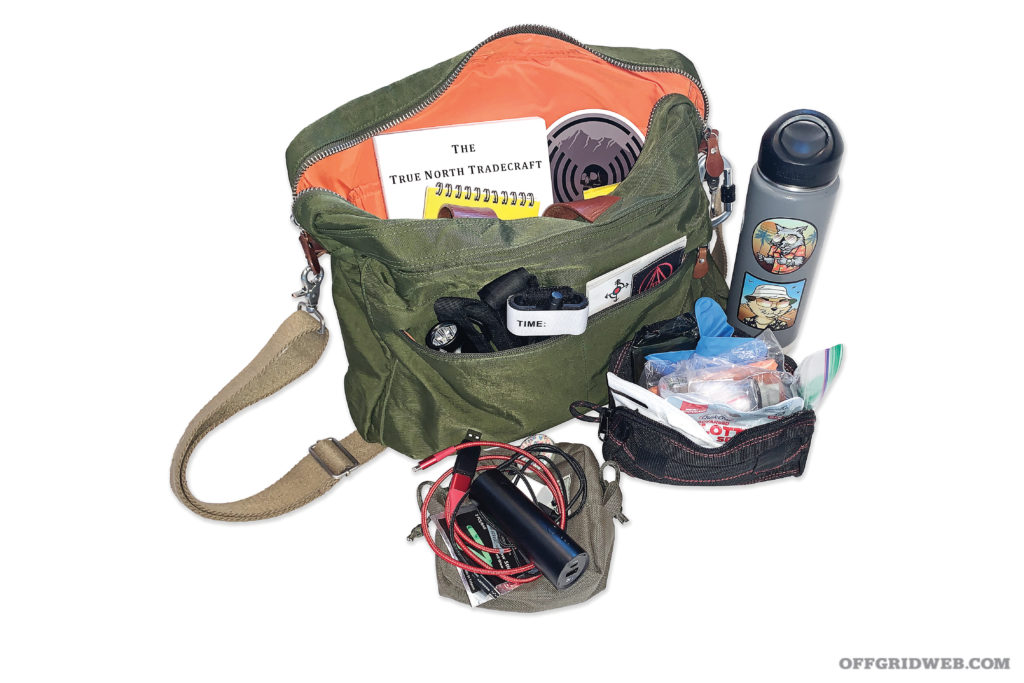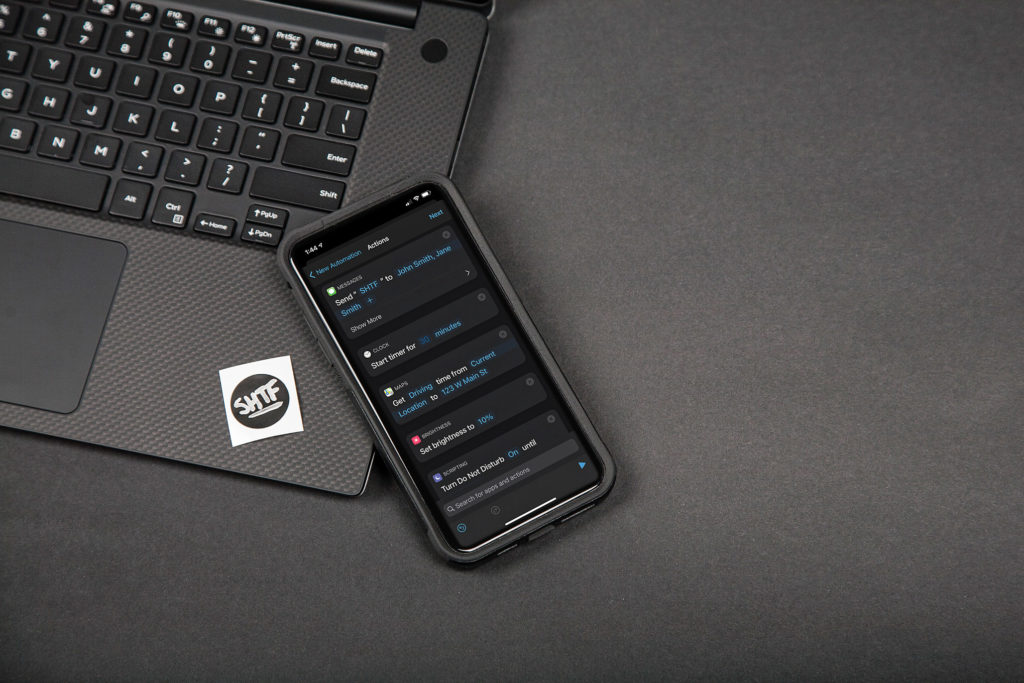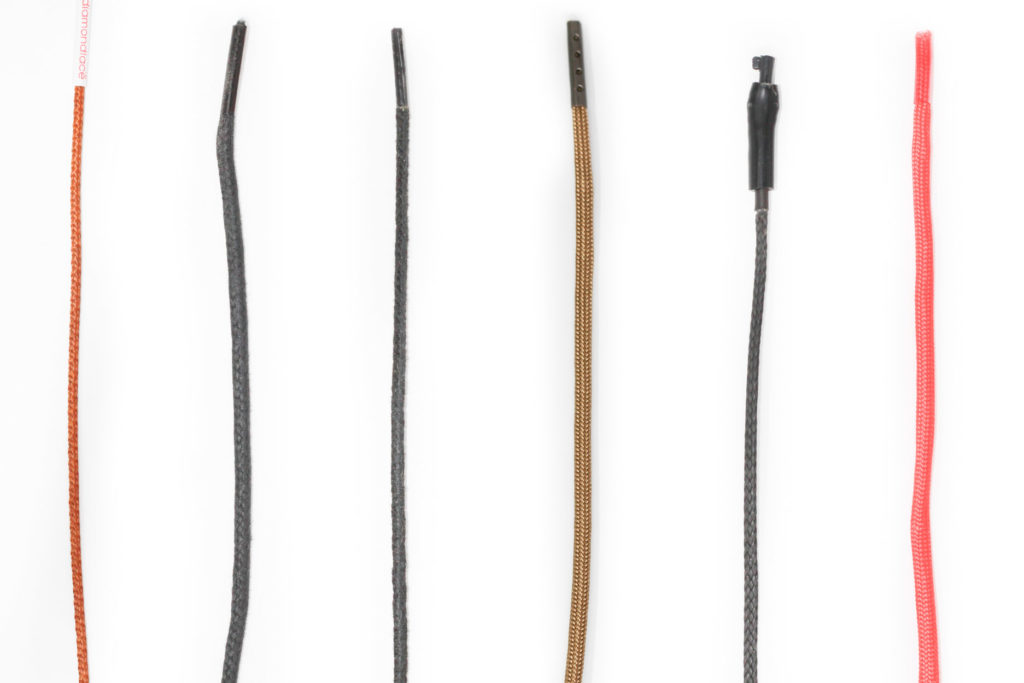Is survival cost-prohibitive? We asked ourselves that very same thing and decided to challenge a few of our regular contributors to see how far they could stretch 100 bucks. We asked them to envision what they’d need in an unfamiliar urban setting with mild weather (60 to 80 degrees F) with the following parameters:
72-hour time frame: The resources you buy will need to get you through the next three days relatively unharmed. Consider protection from the elements, self-defense, and any other tools you might need for this urban setting.
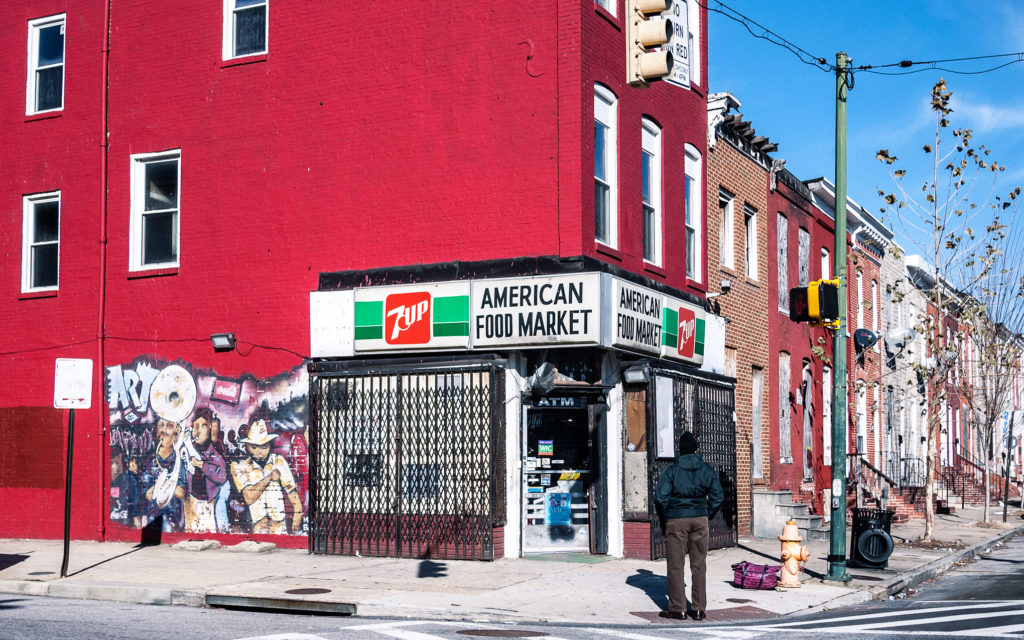
No escape: We want you to consider how you’d manage your limited cash and prioritize supplies, so you can’t simply call a cab and buy a ride to a safer location.
No assistance: You’re in this alone, so you can’t just find a phone and ask for help from law enforcement or flag down a passerby.
No shelter: You’ll be stuck sleeping on the streets and cannot buy a room at a hotel.
No food: You can probably find water to drink from a tap somewhere in the city, but won’t have any way to carry it. And unless you’re going to dig through dumpsters for food or live with the discomfort of hunger pains, you should consider including a source of calories in your $100 budget.
Scavenging is OK: It’s permissible to gather additional resources from your environment, but you should only do so legally. For example, using public water fountains and electrical outlets is allowed, but shoplifting is not.
See what everyone’s procurements consisted of to further understand what your options are if you can only survive with what you can purchase and find.
Morgan Rogue’s Approach
Being in an urban setting can be limiting, but also has many advantages. In this instance, I’m thinking of my particular urban setting, which would be in Alaska where water is mostly abundant, but our big cities are still pretty typical urban environments. The time of year is summer, so it’ll probably rain, but at least it won’t be in negative temps with snow covering the ground.
One of the many benefits of an urban setting is the scavenging. There’s a lot of trash that could be repurposed. If you have the time, there’s also dumpster diving, which could result in a few goodies. Be sure to carefully inspect any food items you may come across to prevent getting sick. Illness or injury aren’t your friends in any scenario, but especially not a survival scenario. Here’s the gear I chose to purchase with $100 and why.
Ax ($12.48): An ax is pretty versatile. It can be used to chop down limbs from trees, cut up paracord, dig, and even serve as a defensive item. This will hang out on my belt; though I’d try to conceal as best as I could, I would want this as easily accessible as possible.
Sillcock key ($11.02): Since I’ll be in an urban area, there’ll be an opportunity to get water from spigots attached to the outside of buildings. I’d only be doing this in a survival situation; a sillcock key should not be used for everyday reasons.
Tarp ($4.42): I didn’t originally want a tarp, because they can be bulky and heavy, but my local stores were out of almost all emergency sleep systems, so I got creative. This tarp is fairly light. I wouldn’t only be using it as shelter, it’d also be used as a backpack to carry my stuff when I’m on the move. Plus, tarps are a common sight in urban areas. This would help me blend in.
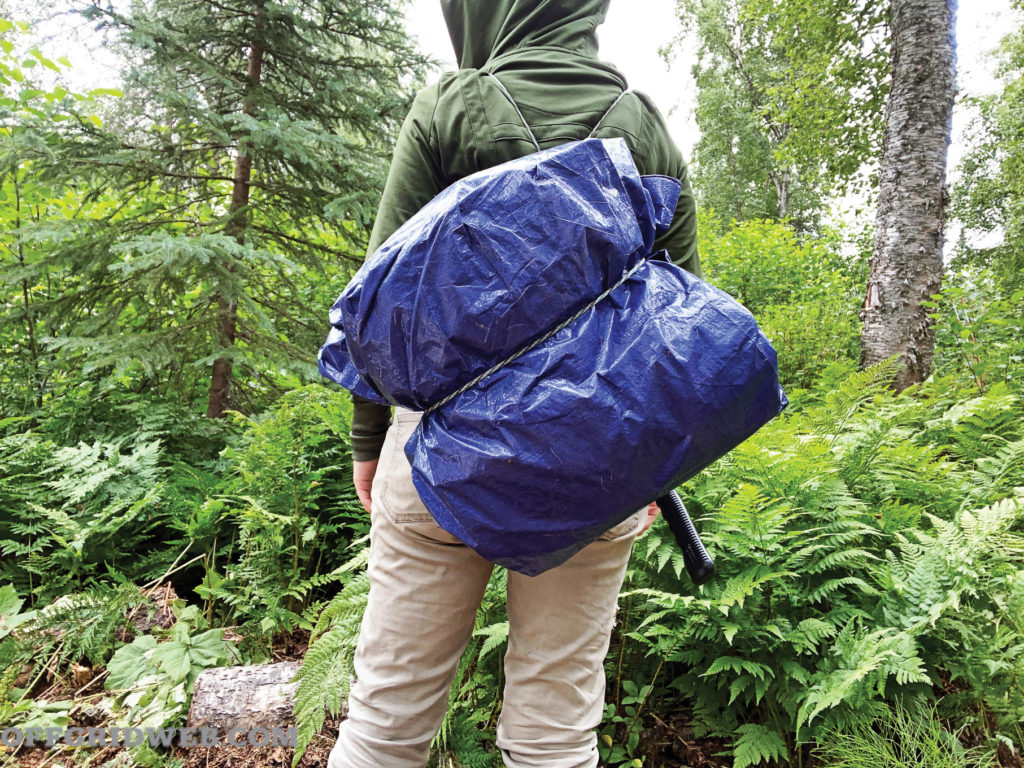
Food ($20.86): This scenario reminded me of how I’d pack my go-bag. I don’t want to hassle with boiling water for freeze-dried foods. I wanted ready-to-eat foods that I could eat on the go and of course, wouldn’t require any refrigeration. I chose a variety pack of Nature Valley bars, three-pack of tuna salad kits, and 12-pack of fruit pouches. These foods won’t fulfill my total nutritional or caloric needs, but they’ll certainly help keep me motivated for 72 hours. Any food will be better than no food, and I may be able to scavenge food or wild edibles around the city or the outskirts.
Water filter ($22.97): Though I’d be getting a majority of water from the spigots using the sillcock key, I wanted the option to purify that as well. In addition to purifying water from a wild source if needed, this particular filter comes with a bag to fill with water. I’d normally want to carry more water or water bags, but since I’m in an area with an abundance of water sources, I wasn’t too concerned with being able to refill my bottle easily. I may also be able to scavenge additional plastic bottles. With a little rinse and some soap from a nearby park bathroom, they’d be good to use.
Emergency blanket ($1.98): In this scenario, the temps would be between 60 to 80 degrees F, so an emergency blanket would be nice for a quick layer, or to lay on top of. I could also scavenge some newspapers as additional layers on top or bottom for sleeping purposes.
Headlamp ($8): Light is helpful, that’s for sure. This particular headlamp came with batteries, so that was a win-win, I didn’t have to spend extra money on batteries. I also prefer being hands-free as much as possible.
Toilet paper ($1.68): Still gotta go, even in a survival situation!
Tent pegs ($2.98): Since I have a tarp, I’d most likely want to set it up as a shelter and these lightweight tent pegs will certainly help. We have pretty soft ground so these will do just fine. If I were in an area with a lot of rock or clay, these may not work out so well. Knowing your area will be key to picking out proper tent spikes.
Cordage ($3.43): Again, if I want to make a shelter, some cordage will be useful. This cordage also came in handy when I wanted to make the tarp into a backpack. The cordage isn’t comfortable, that’s for sure, but if it became a really bad, unbearably uncomfortable issue, I can always pad with moss or something else that I scavenge.
Spork ($2.27): After purchasing this I realized I had no need for it. Not even the tuna packs would need this, as they come with their own mini utensils. I had originally picked this up because my first thought was to purchase freeze-dried meals. But once I nixed the freeze-dried meals, I didn’t put the spork away, so I suppose now I’m stuck with a nice spork.
Total spent: $94.12
Since I had a little leftover, I could purchase a couple small things around the city such as bottles of water, a sandwich, or other necessities. It’s good to have a little cash on you. It really depends on the situation if this would even be possible.
I wrapped it all up in the tarp, tied some cordage around it, and slung it over my shoulders to use as a backpack. I left the headlamp around my neck and ax on my belt, both for easy access. Water would come out and stay out after the first use, for easy access.
Have the ax handy for whatever I may need it for.
The purpose is to survive. With these items, as well as the clothes on my back and some scavenging, I believe I’d be fine for 72 hours. It wouldn’t be a walk in the park, but it would keep me alive for the next phase, which would hopefully be getting my booty out of the city.
The one thing I didn’t get but wanted? A first-aid kit. I looked pretty hard, actually. Many, many items were out of stock in the store I purchased from. Being creative is what really made this all come together. I also had to purchase the sillcock key in a separate store.
Everyone will choose different items based on skill set and region and that’s what makes this exercise unique. Though it’s not perfect, I’d highly recommend everyone do this if you have a disposable $100. After spending that money, you’d have $100 worth of gear you can now test out and enjoy, or realize you hate it and never buy it again. Either way, you’ll be a little better prepared.
Alexander Crown’s Approach
An urban setting with only $100 and we must survive 72 hours? In this scenario, there’s no civil unrest, no natural/manmade disaster; we’re basically homeless for three days. $100 is generous considering what your basic needs for this time period are.
I am opting for the stealth camper approach and plan to set up shop for three days in a wood line along a hiking/biking trail in town. Parts of this area can span 50 to 75 yards of thick brush and woods, giving an ideal spot to make a small, camouflaged dwelling to hunker down in. In my urban area, this trail parallels the river, which is going to provide me with the valuable resource of water and entertainment. My goal is to hunker down and maintain noise and light discipline — so no fires and no unnecessary movement. Water resupply will be performed in the early morning and evening. I want to look like any other person out on the trail for a nice walk.
Anyone who has spent time outdoors knows that establishing a routine and having entertainment can go a long way to staying mentally intact.
To keep a somewhat realistic setting, I chose two stores within walking distance of each other and about 2 miles from the walking path area. The first store where I hoped to meet most of my basic needs was the Dollar Tree. At this first stop I was able to purchase the following items:
Leopard print scarf: “Camouflage” and acts as a bandana, which has countless uses.
Cotton T-shirt: The shirt is brown and will add to blending in and can also be used for initial water filtration, stuff sack and most importantly a pillow when shoved with leaves and grasses.
Small backpack: I bought this not knowing if I would be able to find a better bag within my price later. I was, so this is now for organizing within the larger bag.
72-count baby wipes: These are for toilet paper replacement and other personal hygiene.
Sudoku book: This will be a long 72 hours, so keeping some form of entertainment felt necessary.
Drink mix: This has a very high amount of vitamin C and will break up the water monotony.
Instant coffee: This will help give a little jolt of caffeine when needed and will make the water less boring.
X2 Sardines: Sardines are excellent survival food with high amounts of protein and omega-3’s. These two cans have 300 calories total, and I plan to eat one on the first day and one on the second day.
(1) bottle Tylenol: I expect some aches and pain from sleeping on the ground and, in general, poor sleep, so these will help with headaches and body aches.
420 feet cotton twine: This will be the main cordage for my small shelter combined with the shower curtains.
(2) Snickers bars: High carbohydrate and sugar food for quick energy, and I really like Snickers bars. Allocation is one per day for two of the days. Each bar is 250 calories.
Baby Ruth bar: High carbohydrate and sugar for quick energy and to change it up from the previous Snickers. This bar is 260 calories.
(2) Peanut butter: Peanut butter is high in fat, carbohydrates, and has some protein, making it a great survival food that is high in calories. These two small tubs equal 3,600 calories and will be a bulk of the calorie intake.
Pair of extra socks: Foot care is extremely important and allowing socks and feet to dry out will keep your dogs from barking, so an extra pair of socks seemed ideal. These are women’s, but fortunately for me I have smaller feet.
(2) Pencils: These are mostly for the Sudoku book, but some of the pages could also act as a journal for intel collection or random important thoughts.
(2) Shower curtains: The main portion of the small lean to shelter. These are dark in color and relatively thin, so I opted for two of them in case of rips. If only one is needed to get a roof over my head, the other will act as a stuff sack for leaves and grass to create a small, insulated sleep cushion.
BIC lighter: A mainstay of survival. Although I don’t have the intention of creating a fire, I want the option and with the large candle I can have a small light at night and maybe bring my temperature inside the shelter up if insulated well enough.
Candle (not charged): While being rung up with the items, the cashier mistakenly missed this. I do feel bad, however, in this instance it’s a bonus item and didn’t take away from my funds. I’d want to half bury this candle to ensure it isn’t knocked over and would only use it sparingly to maintain light discipline.
Total Spent: $22.26
The next store I went to was Fred Meyer, a large chain grocery store that has the usual camping section. I was unable to find a suitable blade at the dollar store, or at least one I felt comfortable using for general field work so my goal at this store was water and cutting. I think I was able to accomplish this relatively well.
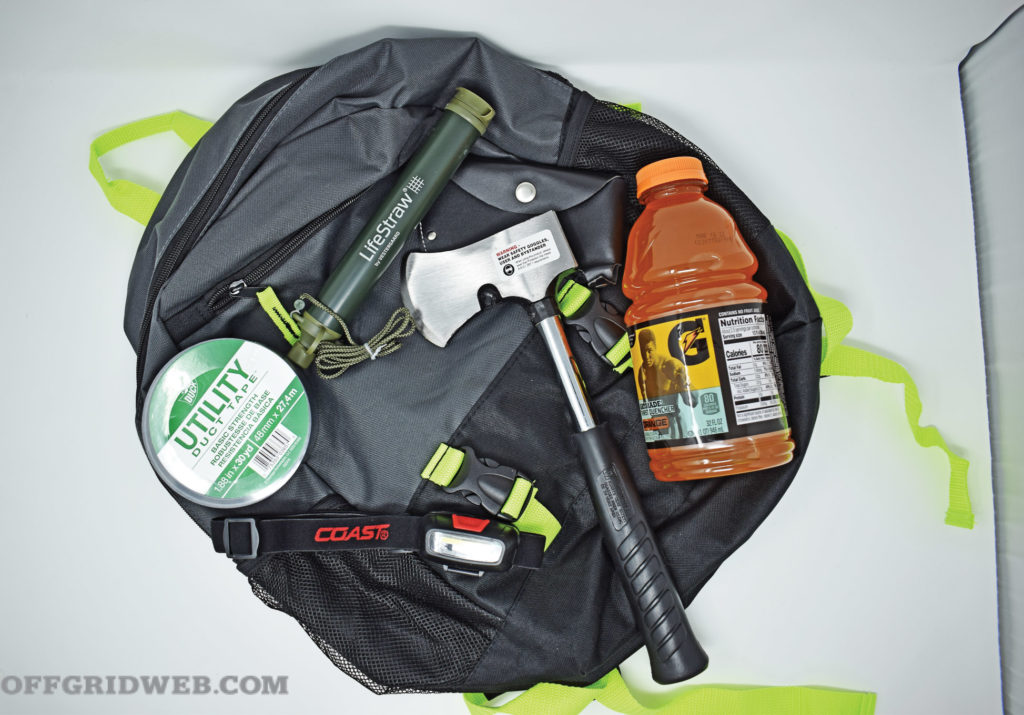
Backpack: During the time of this writing, it was back-to-school time so many stores had school supplies. This backpack was on sale from $10 to $8 and appeared large enough to fit everything I needed and looked like a regular backpack. I don’t expect it to last forever, but it’ll get the job done.
Camp ax: No decent fixed blades were available at the store so the next best option for accomplishing my goal of a hidden campsite would be the hatchet/ax. It can clear a small area and help me cut down trees for making the blind and, if needed, can perform smaller tasks, like sharpening my sudoku pencil.
Gatorade: Hydration is important, and I wanted a container to hold water from the river located nearby. These bottles are made with thick plastic and should survive being filled and tossed around. The other consideration was the size of the opening being able to fit the water purification device.
Duct tape: My fear of the backpack breaking fueled this purchase, but also with the construction of the shelter I wanted to be able to reinforce the corners of the shower curtain for tying the cotton twine.
Life Straw: This was on sale and came to $13.96, it was a simple choice over water purification tabs or lugging around a gallon jug.
Headlamp: I don’t plan on using the light but want one available in the event I must get out of Dodge in the middle of the night due to a curious critter or a two-legged foe.
Total Spent: $71.18.
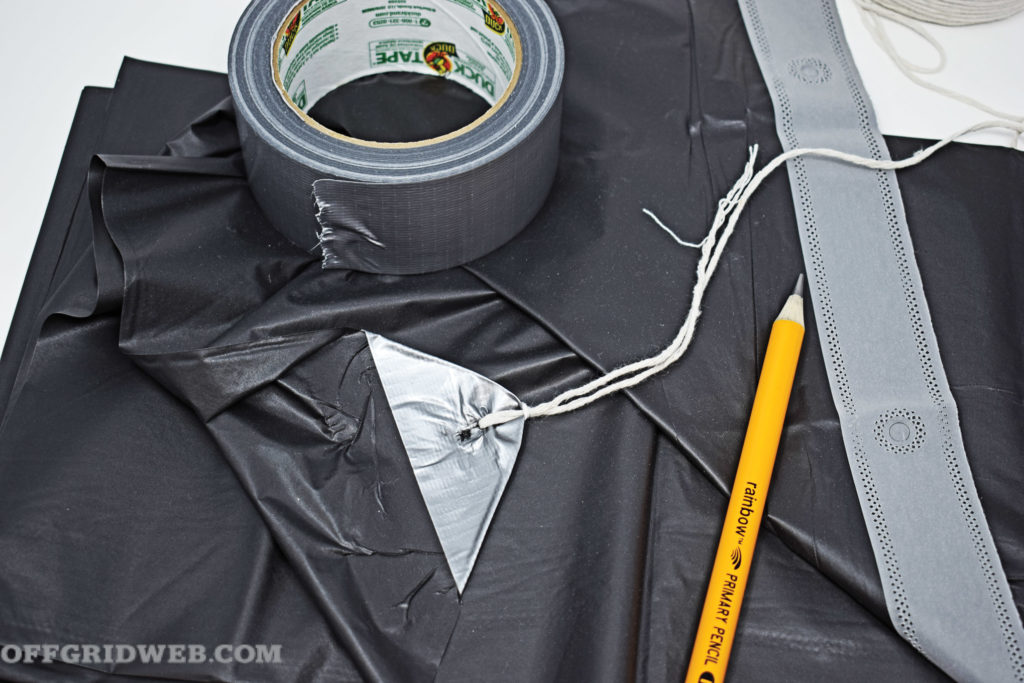
I wanted to go cheap at first to satisfy my most basic needs and then be able to buy better tools like a knife or ax. With the extra money I’d most likely purchase more food but given my plan to mostly lay around, I didn’t plan to exhaust too many calories. The takeaway for me was that $100 can actually get you a decent amount of stuff if you’re only focusing on a short time and have a little ingenuity.
Ryan Lee Price’s Approach
With inflation through the roof, limited supplies on the shelves, and many things backordered until 2022, $100 won’t get you very far these days — a couple of family-of-four trips to a fast-food joint and you’ll likely just have pennies remaining, if that. This goes double, if not quadruple, for survival gear. You can get a couple of emergency blankets, a portable stove, and maybe a water filter, but that’s about it. However, $100 can’t be stretched very thin, especially if you’re outfitting a no-frills, fly-by-night go-bag for a one-time-use trip out of town in an emergency. Do you need the top-of-the-line gear? Do you need the name brands? Does a knife used to punch open a can of soup need to be designed by a celebrity and cost a small fortune? Of course not.
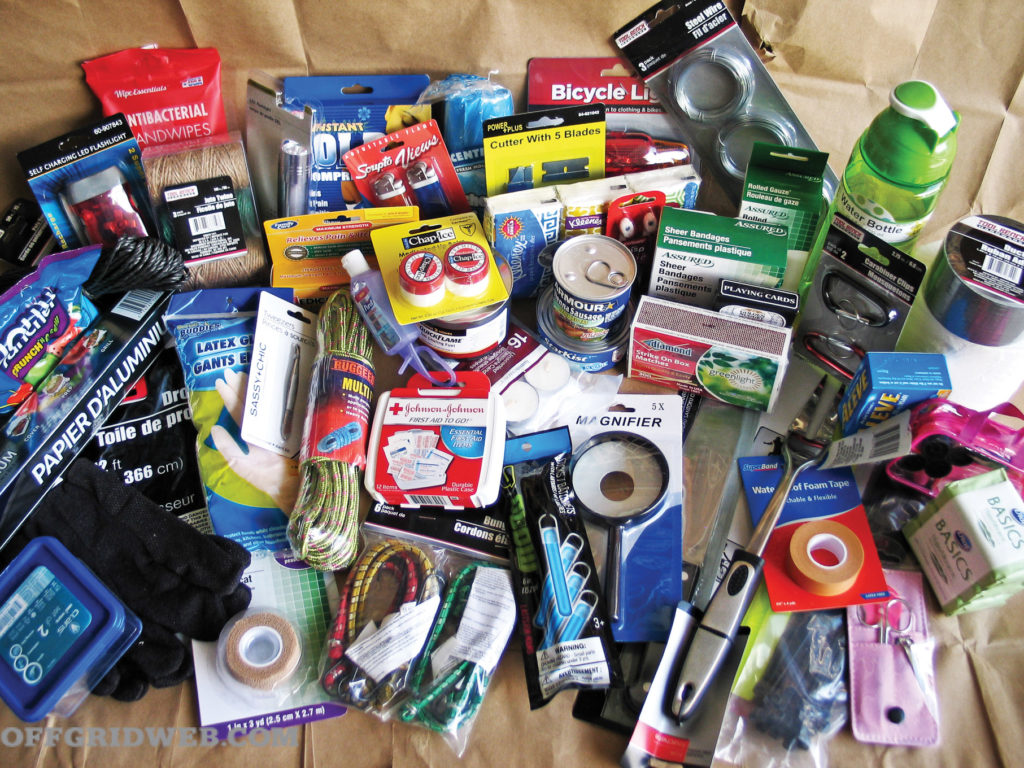
The parameters for most any survival kit can be summed up a few categories: food/water, shelter, fire, first aid, signaling, and safety/light. To my surprise, under those categories sits an enormous array of gear readily available at the local economy stores.
There was a host of things to be used to tie down other things, such as duct tape, twine, zip-ties, nylon rope, and bungee cords.
Having said that, don’t expect too much. Though there are a host of gems on the shelves of your local dollar store, don’t go in with the idea that you’re going to climb Mount Everest with the gear you’ll find. Keeping our six parameters in mind, we scoured the shelves for items that could be used in an emergency situation.
Food/water: The shelves of the dollar stores are littered with a wide variety of foodstuffs, from bags of chips, sodas, boxes of pasta to spices, nuts, and canned soup. Look for small cans of high-protein meats like tuna and beef. It’s helpful if the cans have pop-tops so you don’t have to worry about opening them. There isn’t much in the way of water, but instead lots of choices for water bottles. Find the sturdiest one with a tight seal. If it has a ring, it can be clipped to your pack as you are traveling.
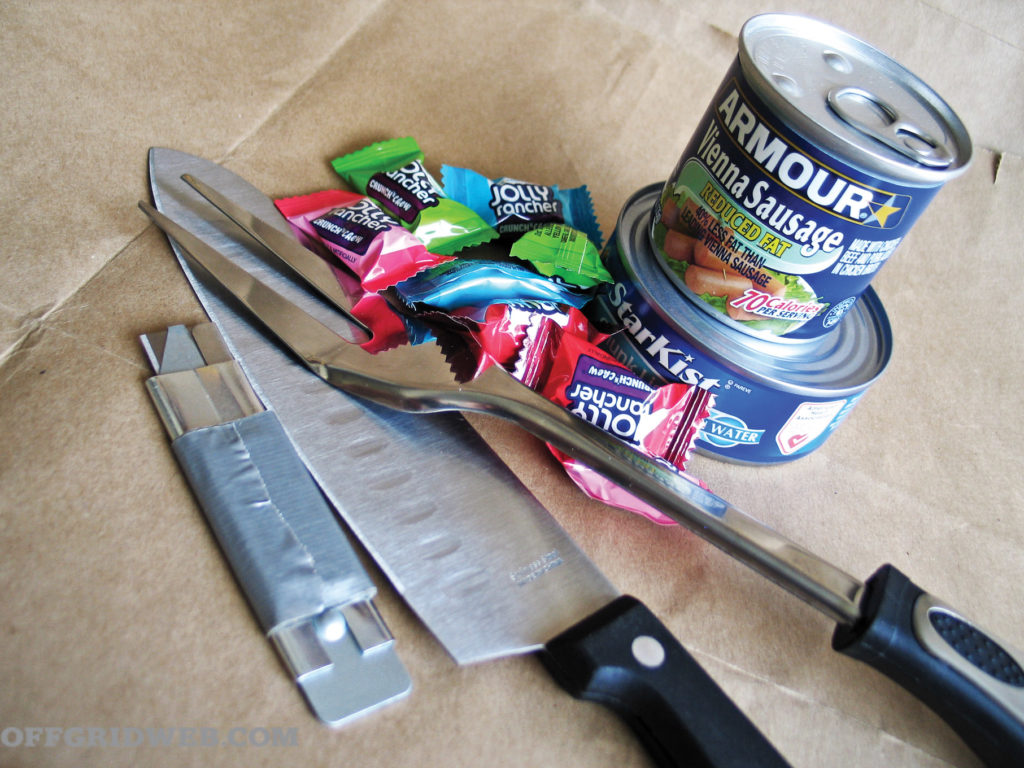
Shelter: Nope, no tents at the dollar store, but they do have painter tarps — those low-end extremely thin plastic covers you use when painting your walls. They rip easily and probably won’t make for a good emergency tent, but will keep the rain off of you and your gear in a pinch. Plus, they can be used for capturing rainwater or in making a water distiller.
Fire: There was a wide variety of fire-making items available. From a box of wooden matches and lighters (two-pack) to candles and a cans of chafing fuel. We even found a magnifying glass that you could use to start a fire.
We packed the tea candles and about 50 matches in one of the two small containers, and we cut the handle off the magnifying glass so it would stow in a smaller space. Take care with the chafing fuel, as it burns at a low temperature and takes longer to cook food with.
First aid: One thing the dollar store has in spades is first-aid gear, so we put together a mini first-aid kit for only a few dollars. Is it high-quality stuff? Of course not, but a cheap Band-Aid that you have to replace every couple of hours because it won’t stick to sweaty skin is better than no Band-Aid, right?
Keeping clean is an important part of survival. Small wounds can lead to big infections, if not properly cleaned. The pink grooming kit was a little girlish, but it went nicely with our pink sewing kit (so we combined them). Three-pack bar of soap, three-pack of tissues and a roll of toilet paper will keep everything shipshape. Though the toilet paper is bulky and can be replaced by the pack of tissue, if there’s a need for toilet paper, you’ll be glad you had it.
The biggest catch at the dollar stores is first aid gear. Cold and hot chemical compresses that are activated by squeezing them were a great find, as was a variety of ointments and balms. Gauze, tape, anti-bacterial gel, and anti-inflammatory pain medicine were included.
Safety/light: There’s no gun aisle or rack of hunting knives available at the dollar store, but that doesn’t mean there isn’t a host of things that can be used as protection (including the utility knife). A large chef’s knife can not only be used around the campfire, but also to fend off attackers, and a large two-tined roasting fork can be lashed to a stick and made into a fishing spear. We found several methods of light, including one that’s powered by a ratchet mechanism and required no batteries.
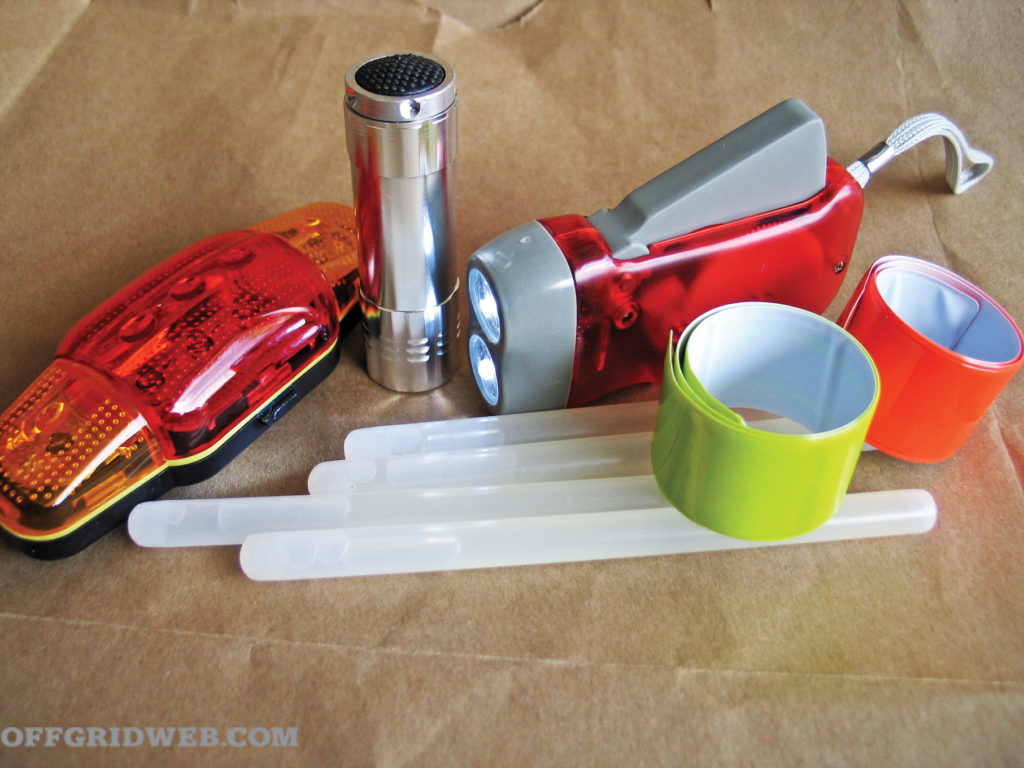
Miscellaneous: Canvas gloves, bungee cords, twine, and nylon rope are staples of the dollar store. The pretty pink sewing kit for girls contained a dozen needles and thread. Anti-bacterial wipes, a bag of hard candy, and a couple of small boxes to seal in small gear are essential items to keep you clean, organized, and sane. Speaking of sane, a deck of cards goes a long way in keeping you mentally awake.
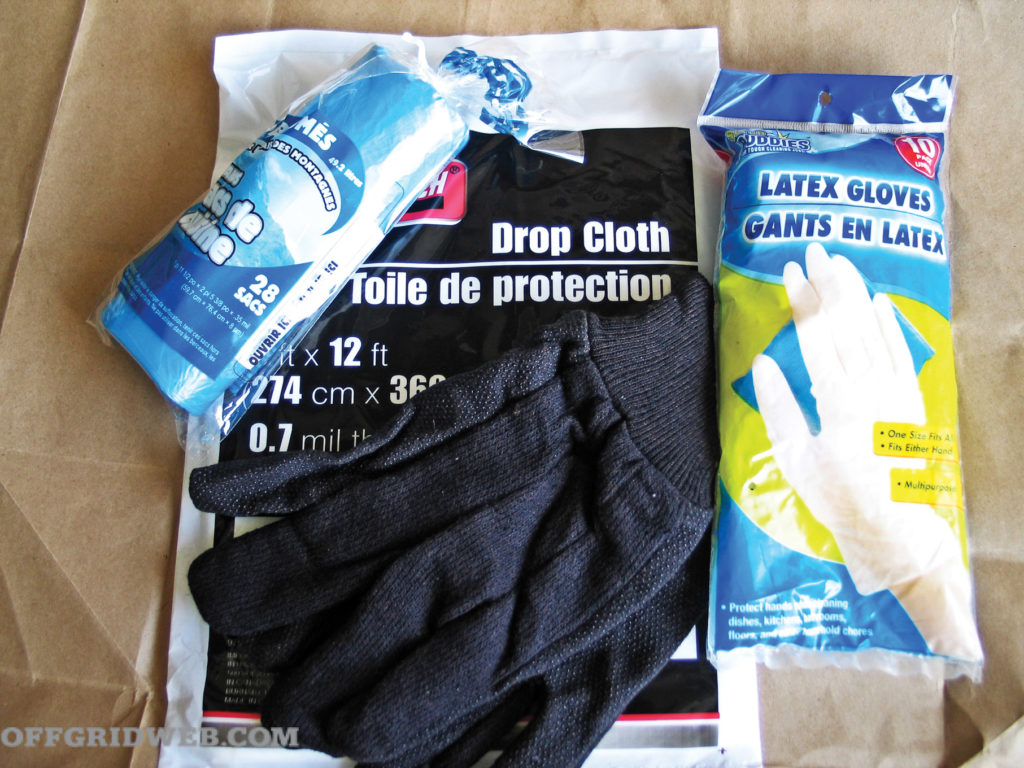
In the end, I purchased 68 items at $1 each (plus tax).
Without its packaging and placed into groups, the items don’t take up much space, so you can choose a relatively small bag … which is one thing the dollar stores don’t offer — something to carry all of this in. However, everything that could be ruined if wet was placed in sealable plastic bags. Find yourself a sturdy backpack and you’ll be set for a couple of days.
Total spent: $73.27
Go Quality or Go Crap?
Handing over $100 at the check-out stand, we wondered if going cheap (and getting a ton of stuff) is better or worse than paying two or three times more and getting higher quality gear. How many squeezes will this ratchet flashlight take before it breaks? Can this very thin aluminum foil wrap a fish without tearing? How long before the bungee cords snap or the gloves wear through or the twine unravels? Is paying a dollar for 100 Band-Aids better than paying $50 for a fully packed first-aid kit? It depends on what you can afford, as money is a concern to a lot of people.
In a pinch, especially for short-duration scenarios, cheap gear beats no gear.
Related Articles
- Keychain Tools
- Emergency Signaling Tools
- Gut Hook Knives
- Non-Metallic Weapons
- Impact Tools
- Neck Knives
- Micro Folding Knives
- Glass Breakers
- Knife Sharpeners
- Wallets
- Individual First Aid Kits
- Wallet Sized Tools
- Boot Laces
- CPR Masks
- Money Clip
- Mini Pry Tool
- Rescue Whistles
Related Posts
The post Urban Survival Challenge: C-Note Shopping Spree appeared first on RECOIL OFFGRID.


